
The Cactaceae | Monograph | 1919 -1923 | Landmark Studies
“When struck by lightning or wounded in any other manner during the dry season, it recovers very rapidly by the formation of a heavy callus over the wounded spot. If it is wounded in the rainy season, however, bacterial decay sets in very rapidly and a large plant may be destroyed in less than a week as a result of a small wound. The nests made in them by woodpeckers are always lined by heavy callus and appear to occasion no permanent injury.”
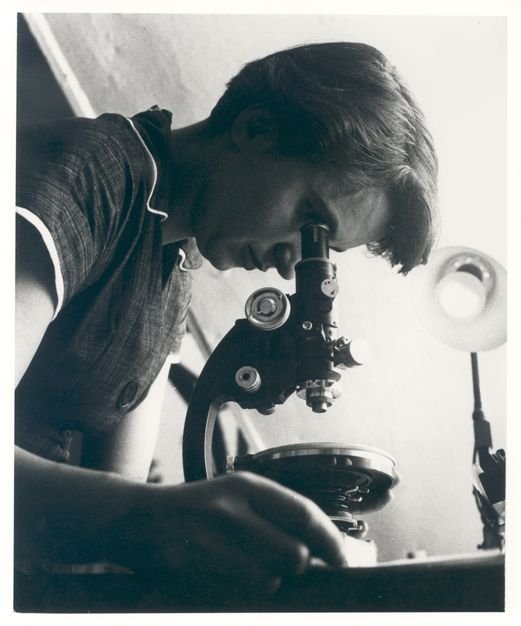
One of the Most Egregious Ripoffs in the History Of Science | Nautilus
“Markel is not the first to report one of the worst episodes in the double helix drama—that Wilkins, without Franklin’s knowledge, went into a file room and retrieved a photographic print, created by experiments designed by Franklin, and showed it to Watson. The print, “Photograph No. 51,” revealed that DNA had a three-dimensional form in the shape of a double helix.”

The Name of Microscope | The Microscope and Its Revelations
“As I also mention his new occkiale to look at small things and call it microscope, let your Excellency see if you would like to add that, as the Lyceum gave to the first the name of telescope, so they have wished to give a convenient name to this also, and rightly so, because they are the first in Rome who had one.”
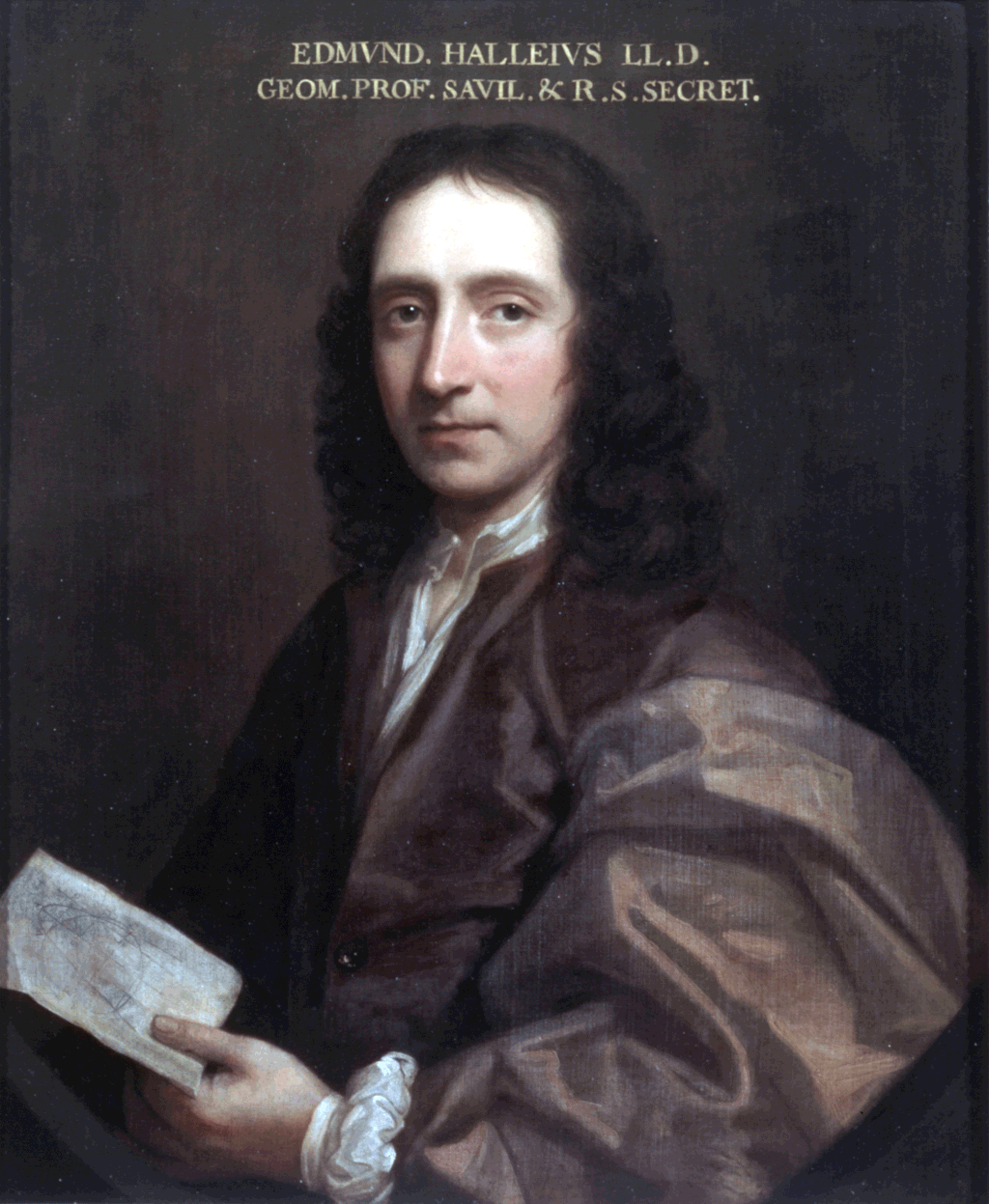
The Early Origins and Development of the Scatterplot | Journal of the History of the Behavioral Sciences
“Maps showing physical elevation iconically (mountains, valleys) had long been used, but in 1701, Edmund Halley (see reproductions in Thrower, 1981) introduced the idea of the contour map to show curves of equal magnetic declination (isogons), the first use of a data-based contour map of which we are aware.”

Darwin's Barnacles | Science History Institute
“We expect eurekas, sudden flashes of insight. We want drama. What Darwin did, hunched over those smelly barnacles, seems like the opposite of creativity—petty drudge work. But that patient, yearslong labor was actually critical.”

Can Statistics Help Crack the Mysterious Voynich Manuscript? | Knowable Magazine
“Voynich himself shrouded the manuscript in mystery. He was never clear in his lifetime about where it came from. He said he found it in a castle, but that seems like he was trying to be unclear about where he got it.”
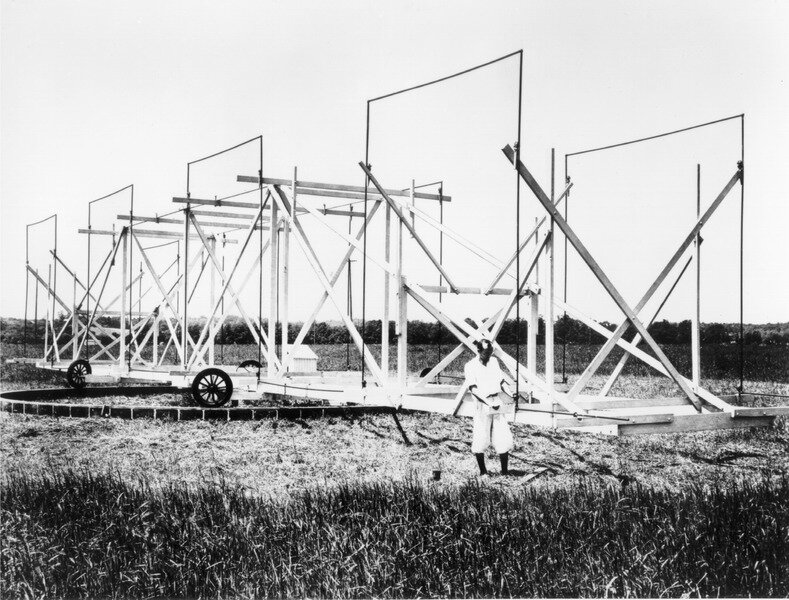
Book Review: The Mirage of a Town Without Cellphones | Undark
“Kurczy grounds readers with a brief but compelling history of radio astronomy: In 1931, scientist Karl Jansky accidentally discovered radio waves from space and presented his findings two years later. The field took off after World War II, and by the mid 1950s the National Science Foundation was ready to create a radio-astronomy research center — but where?”

On the Art and Science of Making Buildings Sound Natural | Aeon Essays
“Patte’s design strategies for improving theatre acoustics failed. His main suggestion – shaping the theatre as a perfect ellipse, so sound would bounce off the curved walls in an orderly way – proved totally inadequate. When a massive theatre built on this premise opened in Berlin in 1802, it was widely criticised for a distracting echo.”
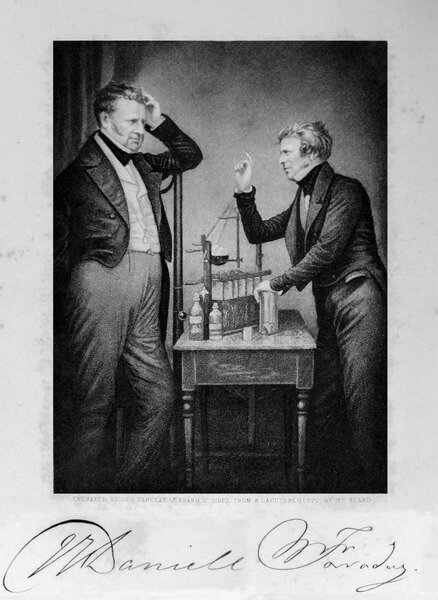
200 Years Ago, Faraday Invented the Electric Motor | IEEE Spectrum
““Faraday knew the power of quick publication, and in less than a month he wrote an article, "On Some New Electromagnetic Motions and the Theory of Electromagnetism," which was published in the next issue of the Quarterly Journal of Science, Literature, and the Arts. Unfortunately, Faraday did not appreciate the necessity of fully acknowledging others' contributions to the discovery.”
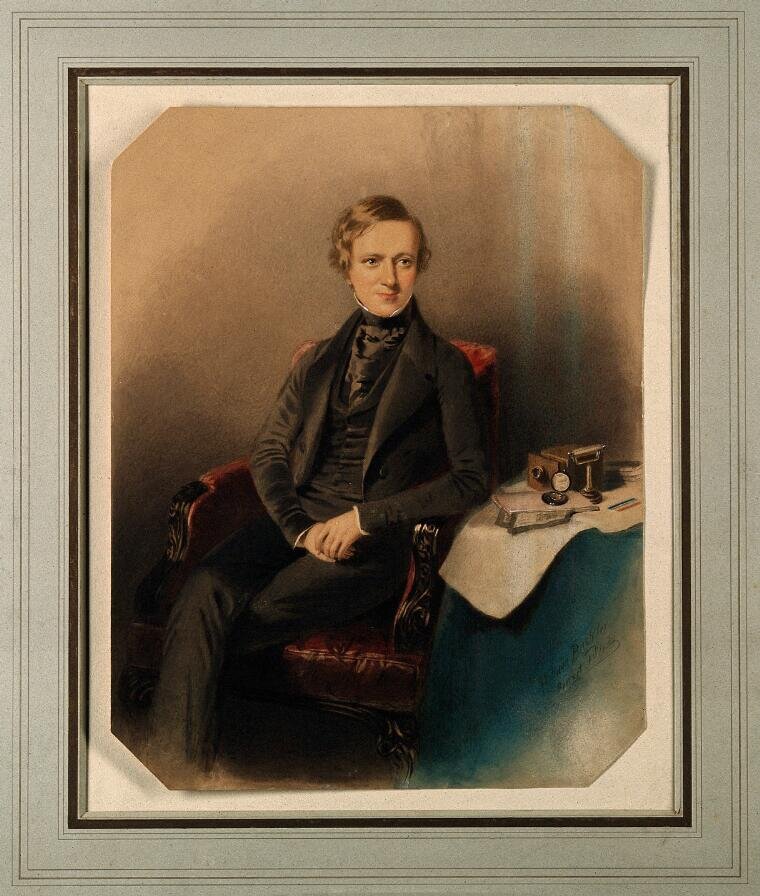
The Poetry of Victorian Science | The Public Domain Review
“This connection between science and poetry established by Hunt must have been reassuring to Victorian readers troubled by the potentially unsettling truths of science: both, his writing suggests, can use seemingly mundane and insignificant phenomena to make sense of the universe.”

Ms. Hisako Koyama: From Amateur Astronomer to Long-Term Solar Observer | Space Weather
“The path to science for a girl of any nationality born in the early twentieth century was formidable-to-nonexistent. Yet paths were forged by a few. We present the little-known story of one of Japan's premier solar observers and her contribution to the world's understanding of sunspots and space weather cycles.”

Francis Bacon | A Handy Book of Curious Information
“.. on April 9, he died of the disease now known as bronchitis. Macaulay adds, "In the last letter that he ever wrote, with fingers which, as he said, could not steadily hold a pen, he did not omit to mention that the experiment of the snow had succeeded excellently well."

A Biography of Pixel | Aeon Essays
“Early in his career, Kotelnikov showed how to represent a picture with what we now call pixels. His beautiful and astonishing sampling theorem, published in 1933, is the foundation of the modern picture world.”

Margaret Leiteritz | Science in Culture | Nature (2004)
“Leiteritz's paintings typically reworked a mundane graph using large expanses of colour and a bold abstract theme, changing it into a dynamic painting. Other works are reminiscent of Bunsen burner flame or DNA gel.”

On the Link Between Great Thinking and Obsessive Walking: Literary Hub
“There is in fact a sort of harmony discoverable between the capabilities of the landscape within a circle of ten miles' radius, or the limits of an afternoon walk, and the threescore years and ten of human life. It will never become quite familiar to you.”

Flora, Fauna and ... Funga? | Undark Magazine
“Government, people, institutions still think of biodiversity in terms of ‘flora and fauna,’” says David Minter, president of the European Mycological Association. “And that, of course, absolutely excludes fungi — it’s so pervasive.”
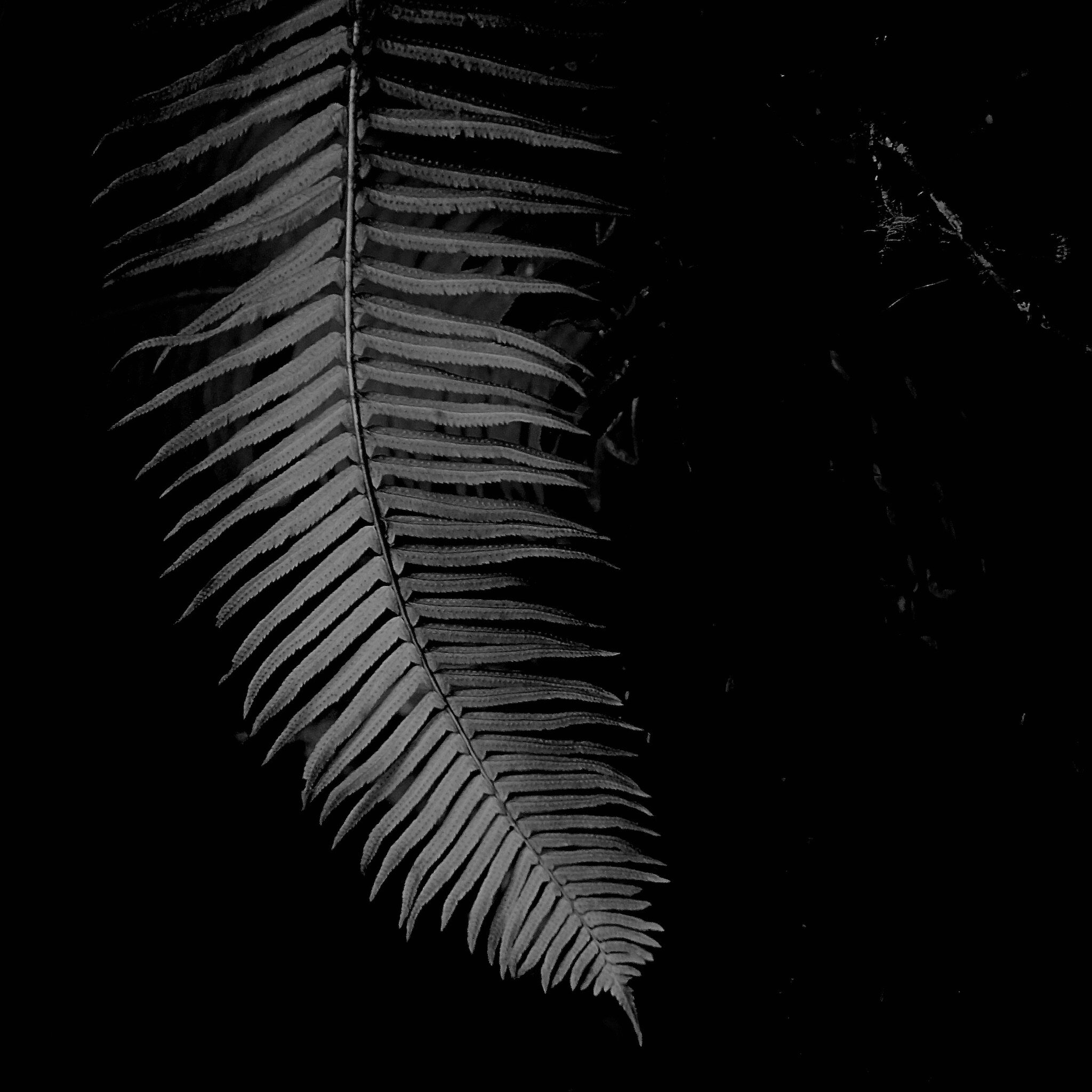
The Spiralist | The Public Domain Review
“A reviewer of Pettigrew’s Lancet series on circulation in plants and animals declared that the distinguished anatomist was a “spiralist” who found that organs were not only constituted spirally, but that they functioned spirally too.”

The Long Road to Maxwell's Equations - IEEE Spectrum
“The mathematical and conceptual underpinnings of Maxwell’s theory were so complicated and counterintuitive that his theory was largely neglected after it was first introduced.
It took nearly 25 years for a small group of physicists, themselves obsessed with the mysteries of electricity and magnetism, to put Maxwell’s theory on solid footing.”

Physics Loses a Giant | Science News
“But Weinberg understood the viewpoint of the historians perfectly well. He just didn’t like it. For Weinberg, the story of science that was meaningful to people today was how the early stumblings toward understanding nature evolved into a surefire system for finding correct explanations.”

Physics of Birds and Bees | Cosmos Magazine
It is thinkable that the investigation of the behaviour of migratory birds and carrier pigeons may some day lead to the understanding of some physical process which is not yet known.
Sincerely yours,
Albert Einstein.